Easy Ways to Spiral Math Content High School Math
Before I get into what spiral review math is and how to implement it in your elementary classroom, let's go back in time for a minute…
SCREEEEEEEECH!!! That's the sound heard in many classrooms as teachers are forced to hit the brakes on teaching. No more engaging lessons and creative activities. Unfortunately, it's time to spend WEEKS preparing for whatever test their state or district has decided their students must take.
This was the problem I faced each year in my third grade classroom. It was also something I was hearing was an issue in classrooms all over the country.
To make things worse, I found that students weren't retaining their learning. My students would demonstrate proficiency in a skill or concept at the time it was formally taught. However, they would often show misconceptions when we would review for the standardized tests in the spring. This was true for both math and ELA.
I desperately needed a solution and am thrilled to say I found one: SPIRAL REVIEW!
I created and used both a spiral review math and ELA resource. You can learn more about these below!
This blog post will answer the following questions:
- What is the spiral learning method?
- Why is spiral review important?
- What is spiral review math?
- What is a spiral review?
- When can I implement spiral review during the school day?
- How do I implement spiral review in my classroom?
- What is a spiral math curriculum?
- How do I do a spiral mathematics curriculum?

What is Spiral Review?
Spiral review is the idea that, after introducing and teaching a foundational concept or skill, students continue to practice it regularly throughout the school year in order to maintain what they have learned. It is also known as the spiral learning method, spiral approach or spiral instruction. It is an integral part of every 1st, 2nd, 3rd, 4th, and 5th grade classroom.
Why is Spiral Review Important?
Spiral review is important because of the following reasons:
- Spiral review gives students the opportunity to practice key concepts and skills regularly, which helps them maintain foundational skills throughout the school year that they need for higher level learning opportunities.
- If a student does not achieve proficiency with a concept or skill when it is first taught, they have many more opportunities to strengthen their understanding and reach mastery.
- Spiral review empowers teachers to quickly assess students to see where they are currently performing. Then teachers can use this information to provide purposeful data-driven instruction that meets the individual needs of her students.
- It promotes confidence amongst students because they are familiar with the content.
- Math spiral review serves as the perfect center, because students can work on it independently.
- It reduces the amount of class time required for test prep, since students get continued practice throughout the school year.
What is Spiral Review Math?
Spiral review math is the concept of using spiral review for math concepts and skills. This math spiral approach can be done through the format of whole group instruction, small group instruction, partner work, independent practice, morning work, or homework. Spiral math offers students the regular opportunity to practice and reinforce previously-taught math concepts and skills.
What is a Spiral Review Activity?
A spiral review is an activity that invites students to practice previously-taught concepts and skills. Spiral activities can take many different forms. For example, a spiral learning activity can look like a worksheet, an iPad app, an interactive white board lesson, hands-on learning experience, morning work task, small group lesson, whole group lesson, or homework assignment.
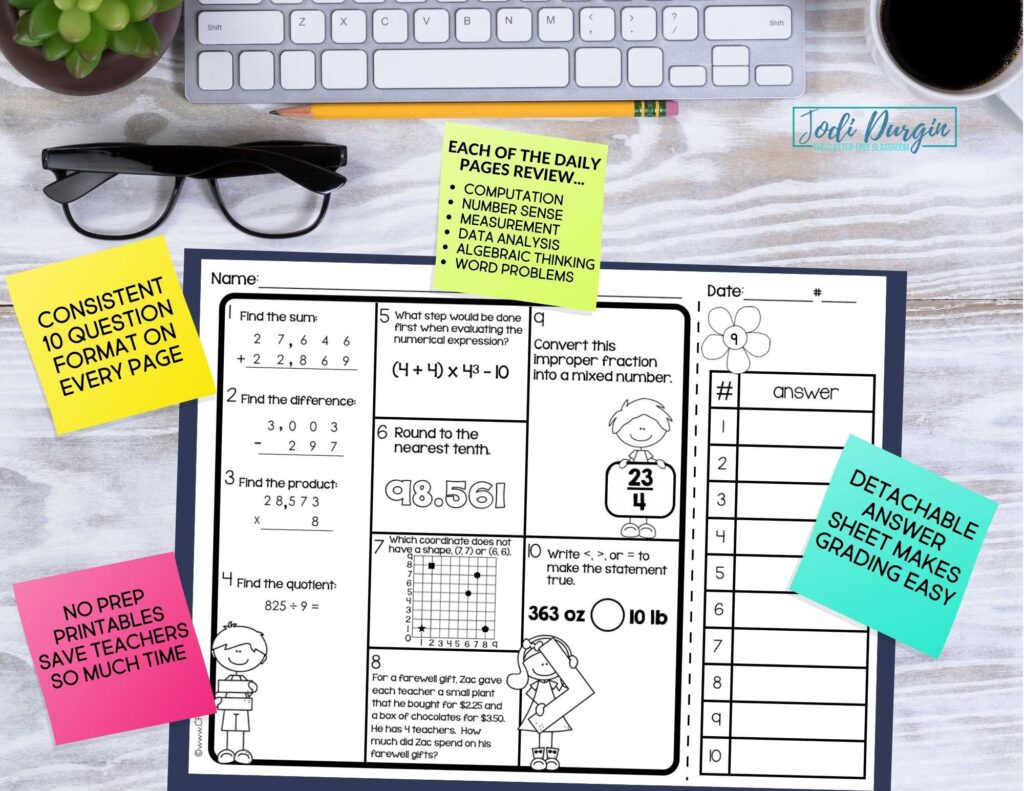
5 Ideas for Using Spiral Review in Your Classroom
Here are 5 ways you can implement spiral review learning in your classroom:
1. Morning Work
Consider setting up a daily routine in your classroom where your students work on a spiral review task right after they finish unpacking their things. It's a quiet independent activity that helps students start the day on the right foot (while you take attendance, lunch count, and check for notes without interruptions).
2. Calendar Time
Perhaps you could implement a spiral review routine during your calendar time, which lends itself especially well to reviewing math skills.
3. Small Group Instruction
Think about starting the first 2 or last 2 minutes of your guided reading or guided math group with a quick review to help students get settled after a transition and get the practice they need.
4. Centers
Whether it is part of your Daily 5, Daily 3, math workshop rotations, or something else – use your centers to reinforce and provide practice opportunities to your students through fun and engaging games or other printable resources.
5. Homework
Send home a spiral review worksheet each night so students get the practice they need. Both parents and students love consistent homework, because it takes all of the guesswork out of it!

5 Tips for Implementing Spiral Review in Your Classroom
Here are 5 tips for implementing spiral review learning:
- Incorporate content area word walls into your classroom design. Use these boards to play games which will enable your students to regularly access important vocabulary and will help them to internalize it.
- Designate a container to house any pages you had copied during a unit and planned to have your students complete, but didn't get around to doing. Use these pages when you have spare minutes to fill, as independent work during math workshop, or when you are planning for a substitute teacher.
- Have your students design games as a culminating project to a unit. Make these games available throughout the remainder of the year for additional practice. As an added benefit, this is a fabulous activity for your students seeking enrichment and early finishers.
- As you find online games that are great for reinforcing specific concepts, write them down on popsicle sticks and place them into a cup. Start or end your time in the computer lab by randomly picking a stick and having your students spend some time playing that game.
- If you are teaching a lesson and are interrupted by the phone or a visitor, instruct your students to "turn and talk" to a neighbor about everything they remember about (fill in the blank). You'll want to practice this a few times, but once the expectations are established it'll be a great way to make productive use of time that would otherwise be wasted.

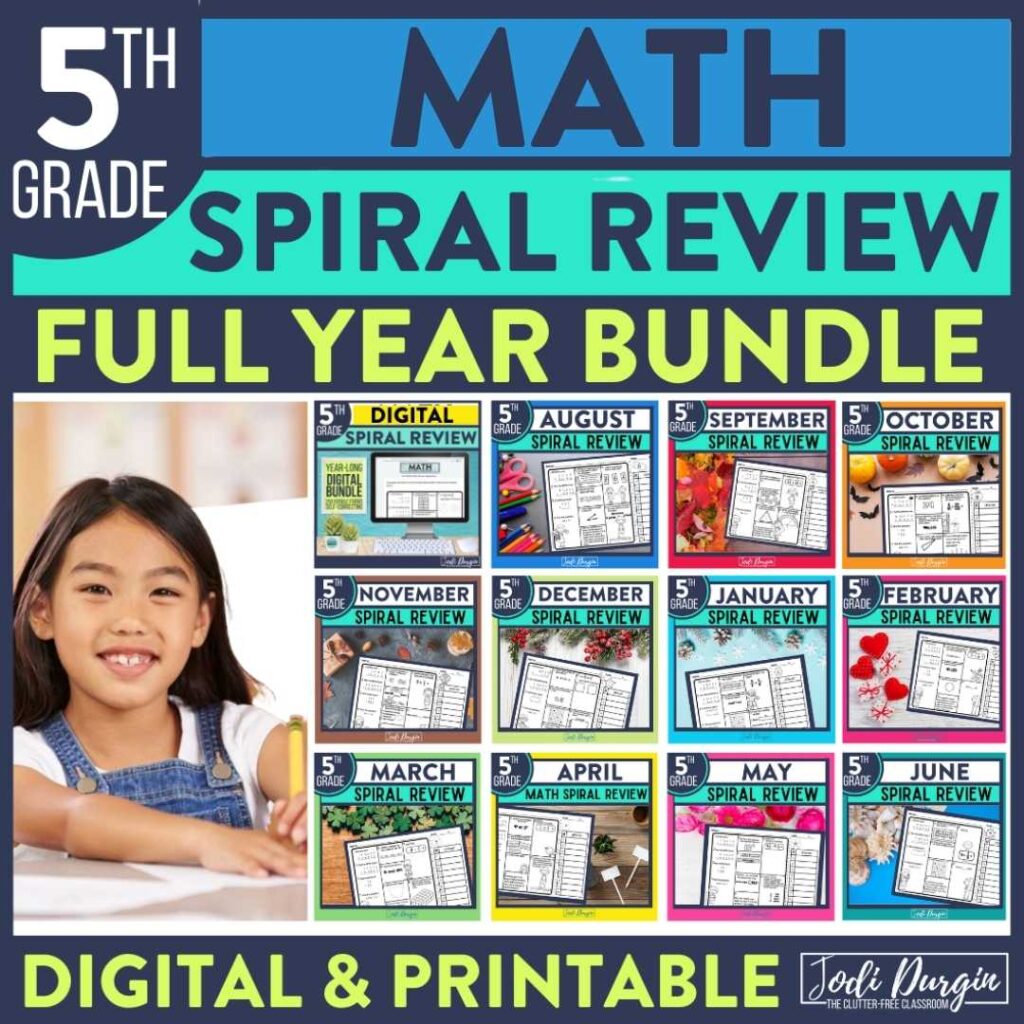
What is a Spiral Math Curriculum?
A spiral math curriculum is a curriculum where math concepts and skills are repeatedly revisited throughout the school year. A formal curriculum program that uses this spiral approach is EveryDay Math. Instead of teaching a focused unit on a given topic, a curriculum like EveryDay Math cycles through a series of concepts and skills throughout a period of time.
Some teachers report that this spiral review math method has some weaknesses. For example, teachers have said that some of their students are not able to master concepts and skills because as soon as they start to get it, a spiral curriculum has them jump to the next topic. An additional complaint is that their instruction sometimes feels jumbled and it's hard to get into a rhythm.
So what do we do?
We know that spiral review math is important, but we also can understand how some students, especially those with special needs and those who speak English as a second language, can struggle with jumping from one topic to the next. Luckily, there's good news!
You can utilize the spiral math curriculum philosophy without committing to it fully. The Guided Math Workshop approach lets you do just that! Read the next section for a specific example for how to implement spiral math curriculum using the Guided Math Workshop framework.
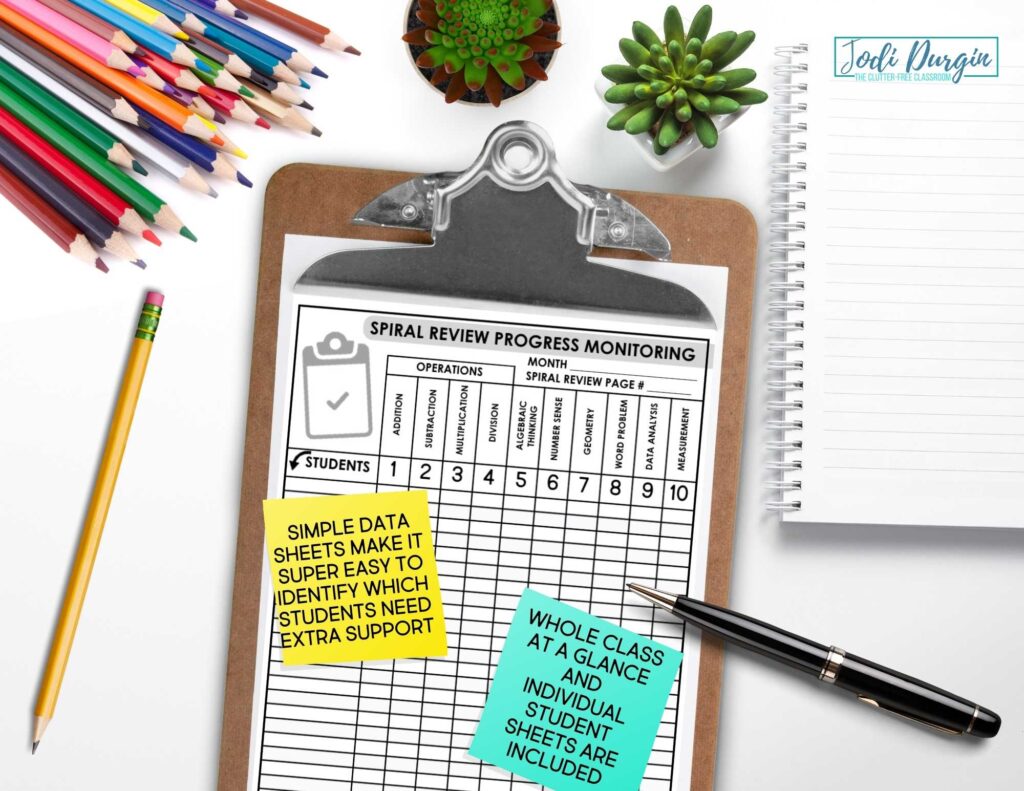
How do you do a Spiral Math Curriculum?
As I mentioned in the section above, you can implement a spiral math curriculum as a component of your math block using the Guided Math Workshop framework. Specifically, math spiral review doesn't have to be the core of your instruction, rather just one part of it.
If you are new to Guided Math Workshop, then here's a quick overview of the structure of the math block. There is a mini lesson, followed by rotations, and then a closing. There are four rotations that are presented using the acronym MATH. M stands for math facts. A stands for at your seat. T stands for teacher's choice. H stands for hands on.
Example of How to Implement Spiral Review Curriculum
Let's use a third grade unit on fractions as an example.
Towards the beginning of the unit, the mini lesson is watching a BrainPop video on fractions. The M center is students practicing math facts using the Xtra Math app on iPads. At the A center, we'll see students practicing the 1st and 2nd grade standards related to fractions (partitioning shapes into equal shares/parts). Another option is having students practice the concepts and skills from the previous unit through a review packet. The T center is a differentiated guided math lesson on fractions based on student performance on the unit's pre-assessment. Instruction would look differently for each group. The H center involves students practicing the 1st and 2nd grade standards related to fractions by partitioning play dough into equal shares and drawing pictures of their creations. Finally, the closing is a quick formative assessment where students share one thing they learned about fractions that day.
In this example, you can see that students learned through a spiral approach during the M, A, and H center. The Guided Math Workshop framework provides focused instruction, while also giving students the opportunity to practice previously-taught concepts and skills. This spiral curriculum method gives you the best of both worlds.
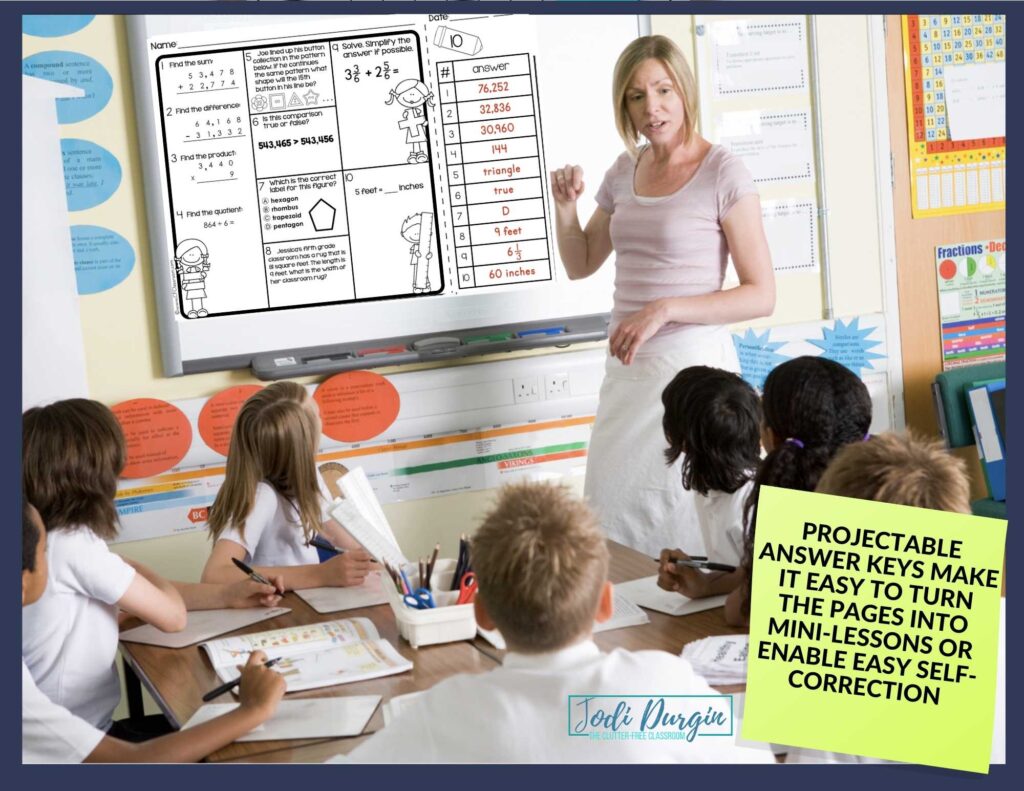
Spiral Review Math Resources
Check out the spiral review math resources for your grade level below.

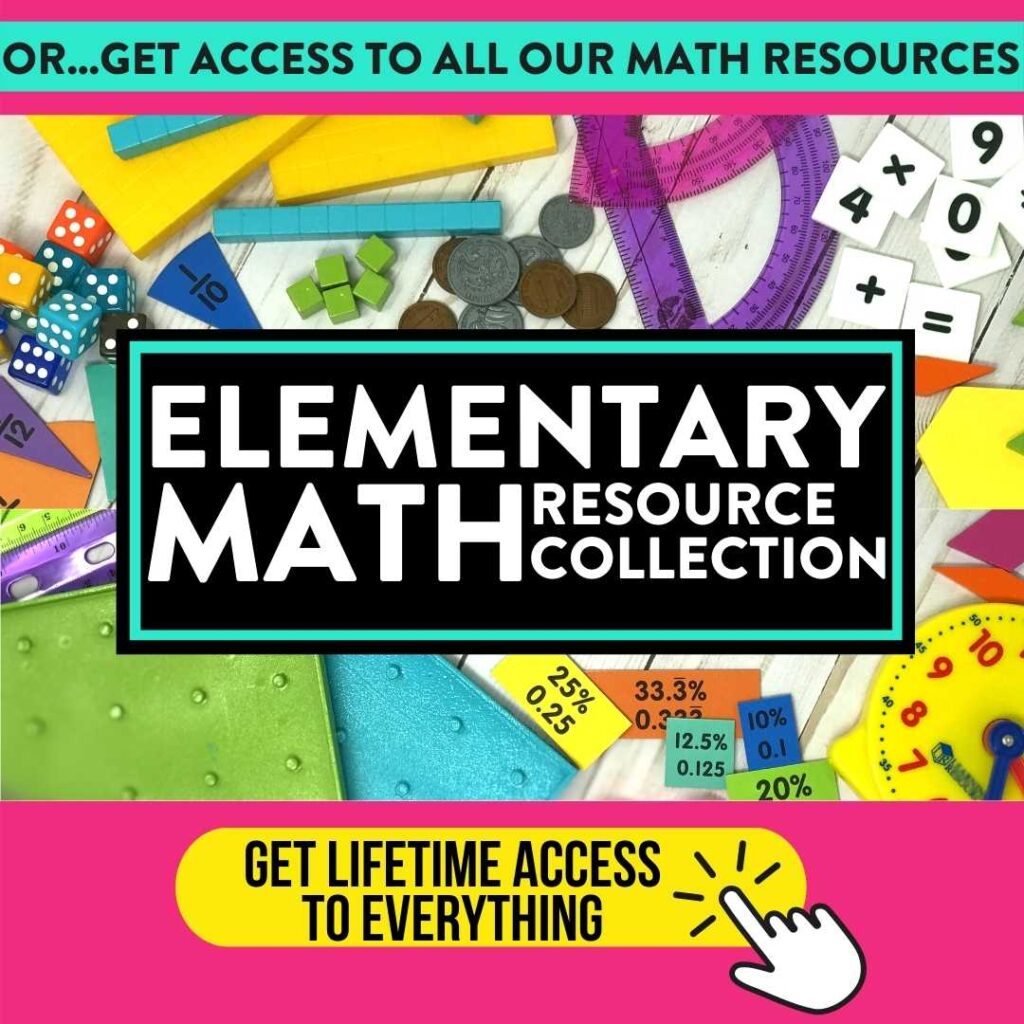
Math Resources for 1st-5th Grade Teachers
If you need printable and digital math resources for your classroom, then check out my time and money-saving math collections below!
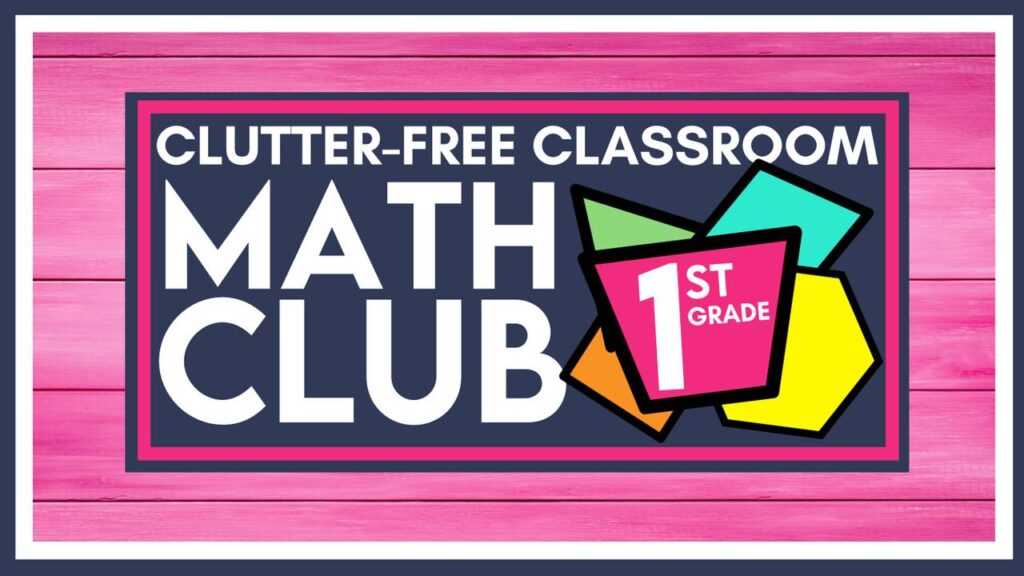 | 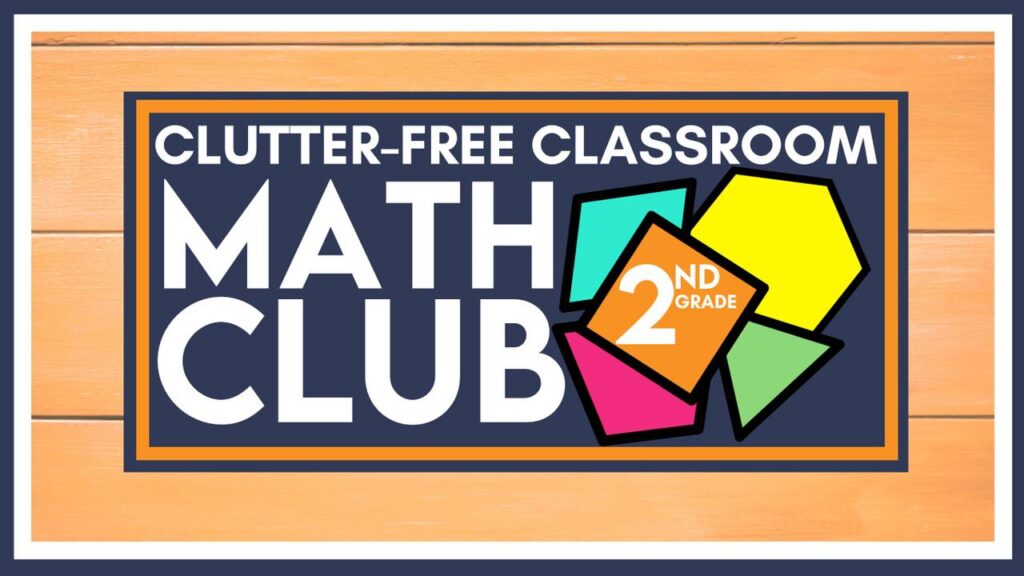 |
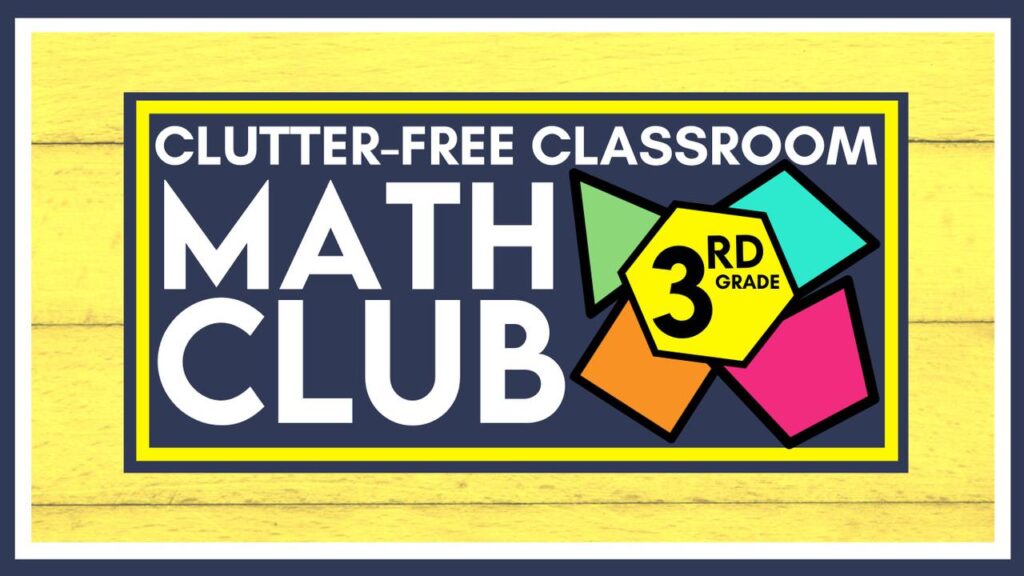 | 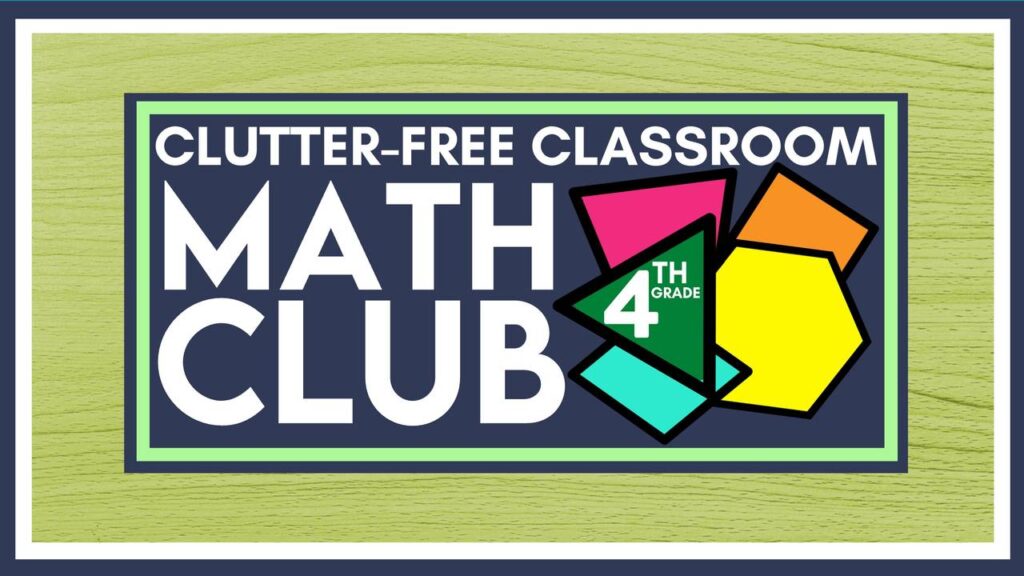 |
 |  |
Try a Collection of our Math Resources for Free!
We hope this information about spiral review math is helpful and would love for you to try these math resources with your students (including a math spiral review resource). They offer elementary students opportunities to practice grade level concepts and skills in fun and engaging ways. You can download worksheets specific to your grade level (along with lots of other math freebies) in our free printable math resources bundle using this link: free printable math activities for elementary teachers.
Check out these other math resources!
- 1st Grade Math Resources
- 2nd Grade Math Resources
- 3rd Grade Math Resources
- 4th Grade Math Resources
- 5th Grade Math Resources
Source: https://jodidurgin.com/free-printable-math-ela-homework-spiral-review-easy-effective/
0 Response to "Easy Ways to Spiral Math Content High School Math"
Post a Comment